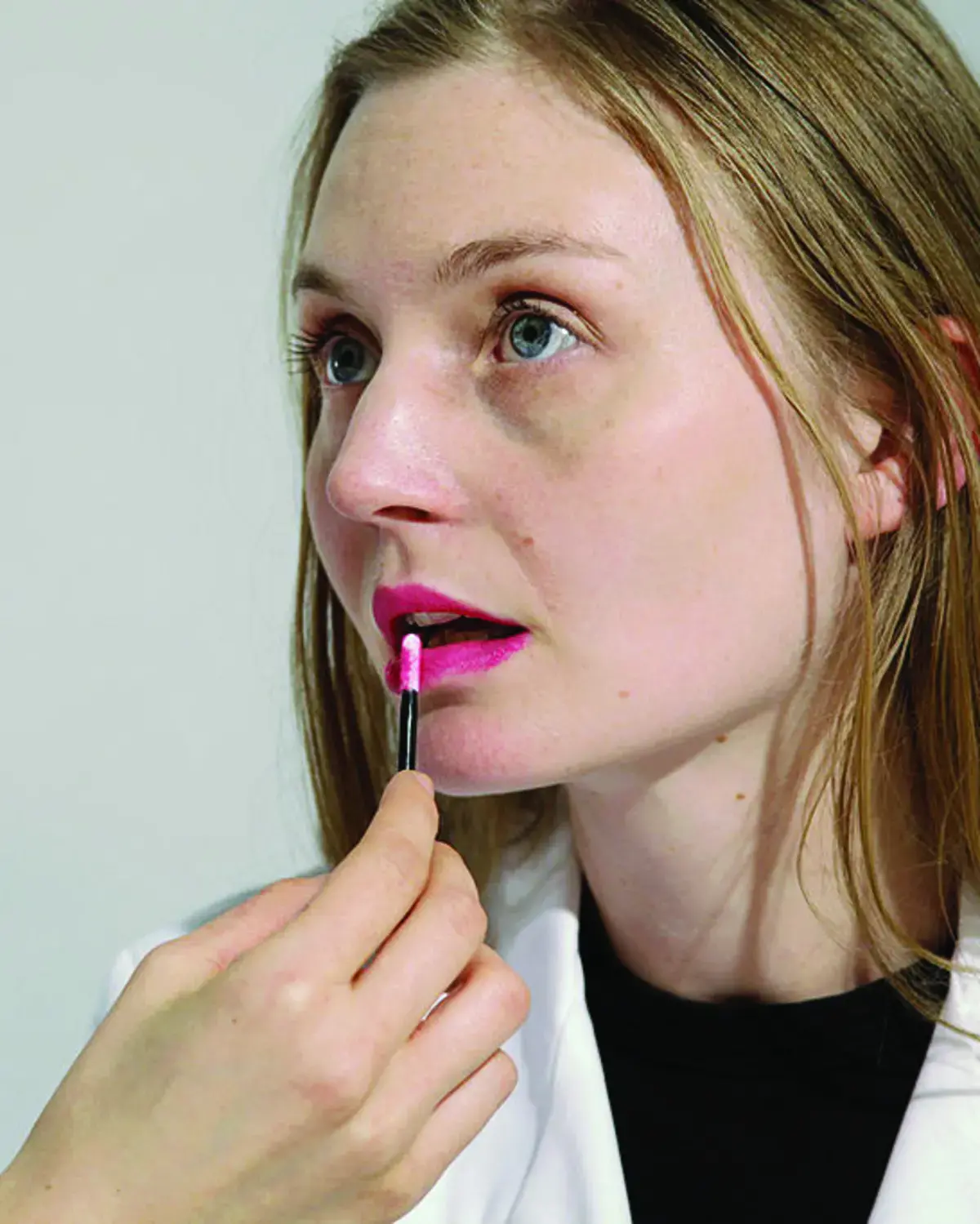The DNA Artist
From Emmy records to exhibitions expanding the boundaries of art as we know it to developing new media companies, this section keeps you up to date on alums making national and international news.

In August, The Observer headlined a feature on Heather Dewey-Hagborg ’03, “This Artist’s Medium Is DNA, and Her Current Project Is a Love Virus.” Dewey-Hagborg is a transdisciplinary artist with a PhD in electronic arts from Rensselaer Polytechnic Institute and an interest in pushing the boundaries of data collection and biotechnology using art as her medium. Her groundbreaking work has made headlines ever since she began to combine art and biotechnology. From her exhibition, Stranger Visions, which displayed 3D modeled faces generated from DNA derived from chewing gum, hair strands, and cigarette butts left in public places to the show Probably Chelsea, exhibited and widely covered in 2017 when Dewey-Hagborg developed 30 models of the potential faces of Chelsea Manning while she was still in prison. This past summer outlets from The Observer to The Economist took note when she pushed the envelope again in two recent shows, At the Temperature of My Body and Spirit Molecule. The Observer wrote, “Her ongoing exhibition, At The Temperature of My Body, at Fridman Gallery, could be described as a chronicle of the grief, attachment and desire stages of love... Exhibited at the back gallery, the four-channel video installation, T3511, 2018... In the nine-minute film, she plays a biohacker who falls in love with her anonymous saliva donor through his biological data and pursues him to the clinic where he submitted his fluid.” The Observer continues, “In the attachment stage, Lovesick, 2019, includes an actual love virus the artist developed at Integral Molecular in Philadelphia. The virus is presented in 10 glowing pink vials, and theoretically is designed to increase the production of oxytocin, which increases feelings of empathy, monogamy or bonding... this expansive concept is bookended by two other projects, one of which is currently realized as another exhibition at Michigan State University’s Broad Museum. Titled Spirit Molecule the artist and her collaborator, Phillip Andrew Lewis, worked with MSU’s departments of biochemistry and molecular biology to extract the DNA from four East Lansing locals and grow genetically-engineered mosses that contain their genetic makeup. Mixed within a mountainous pile of locally-foraged moss, the ‘human’ mosses create a sort-of alternative portrait of their human donors.”
Artist collaborators: Toshiaki Ozawa, T3511 and Phillip Andrew Lewis, Spirit Molecule.